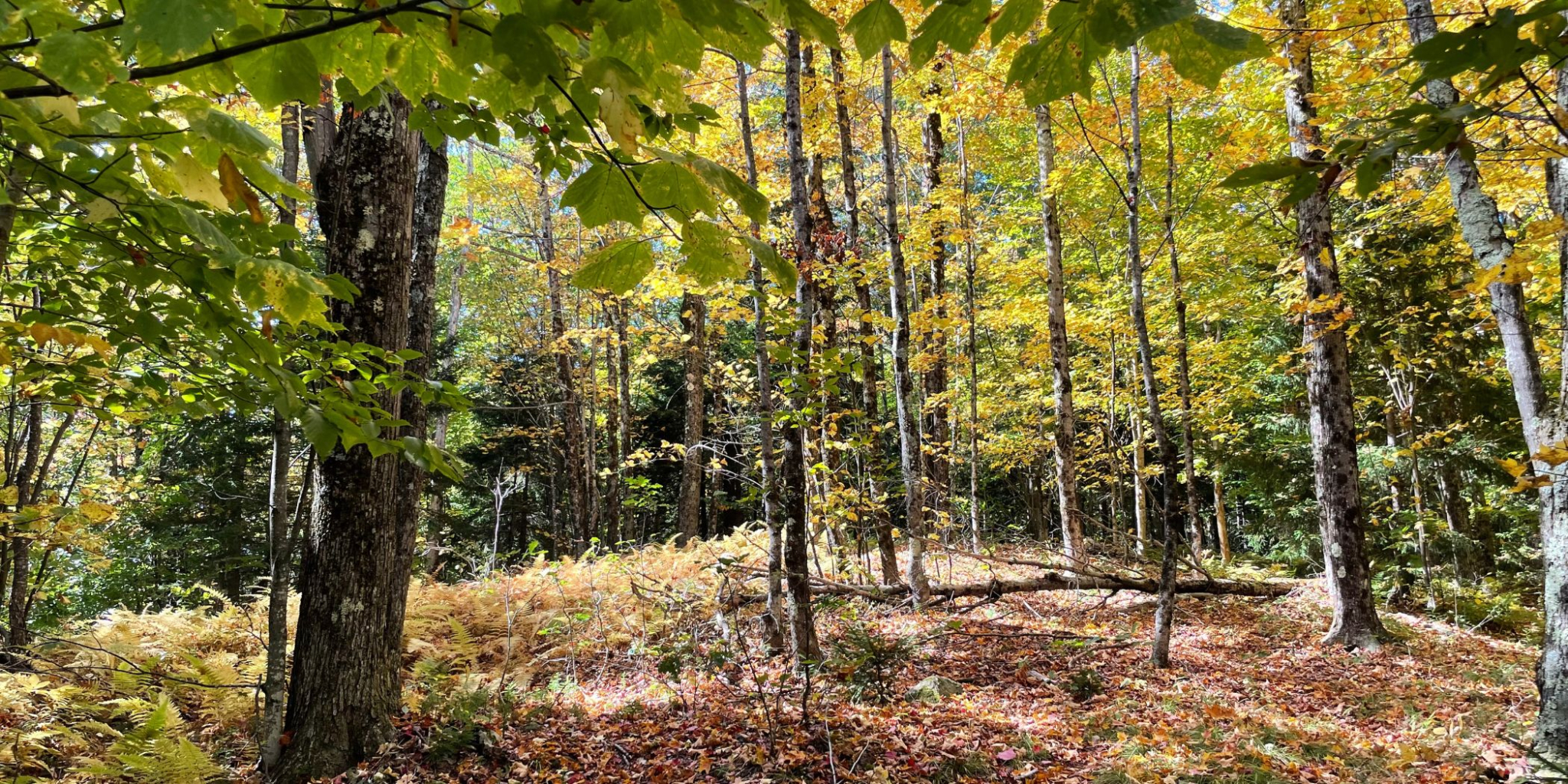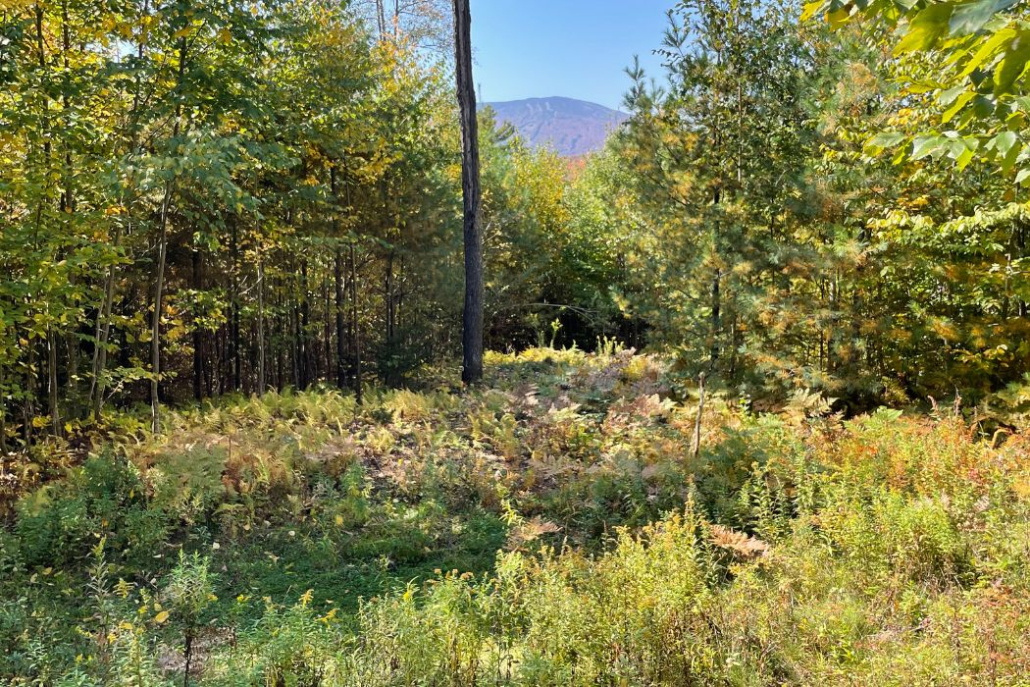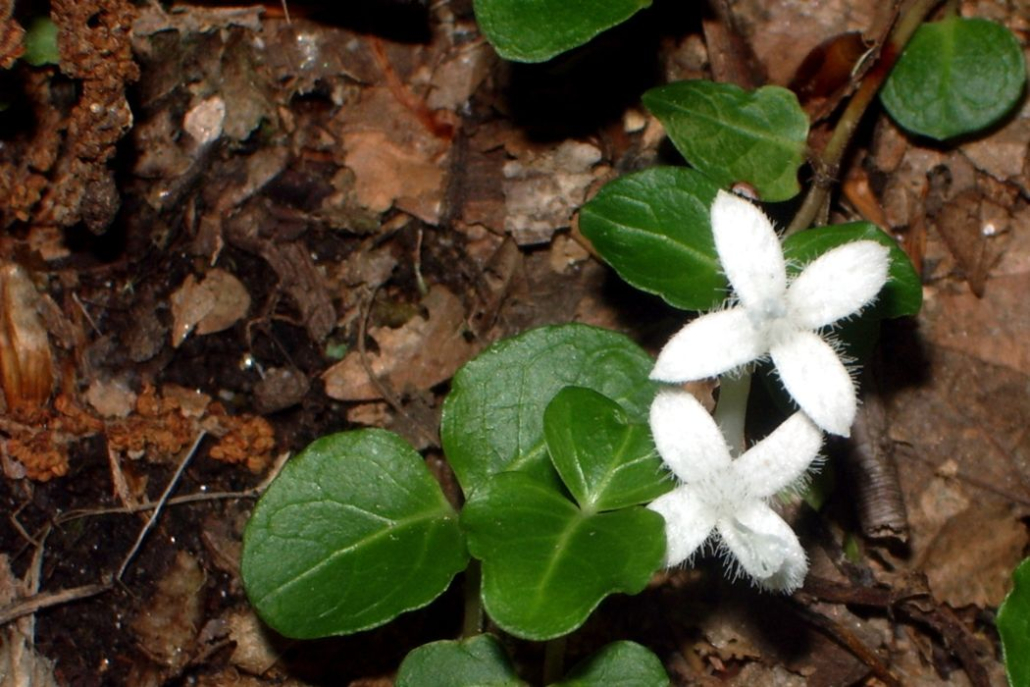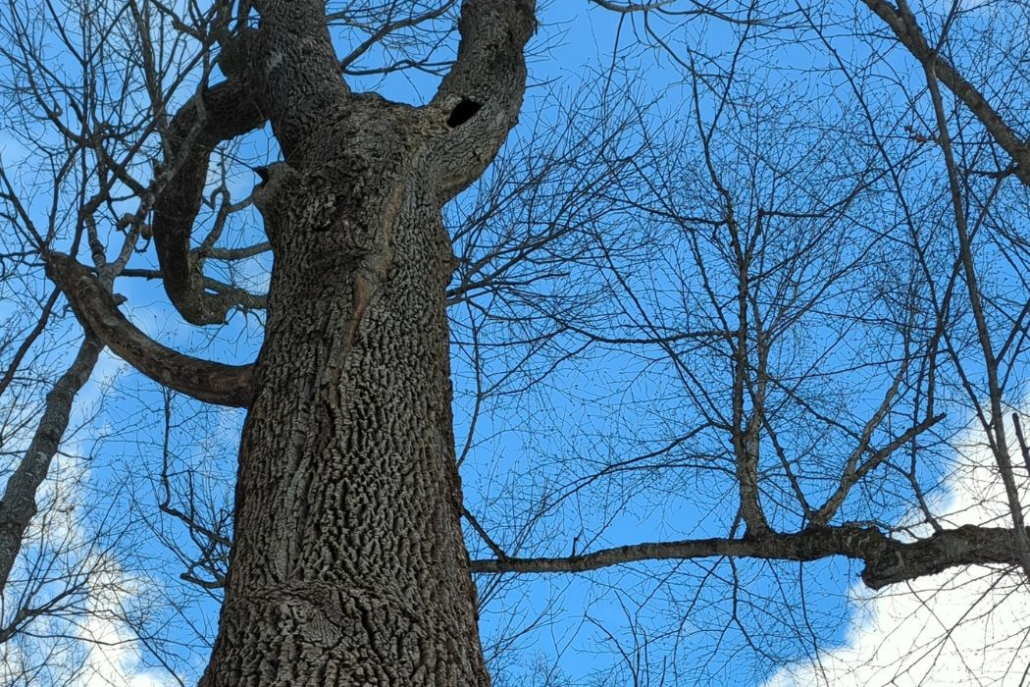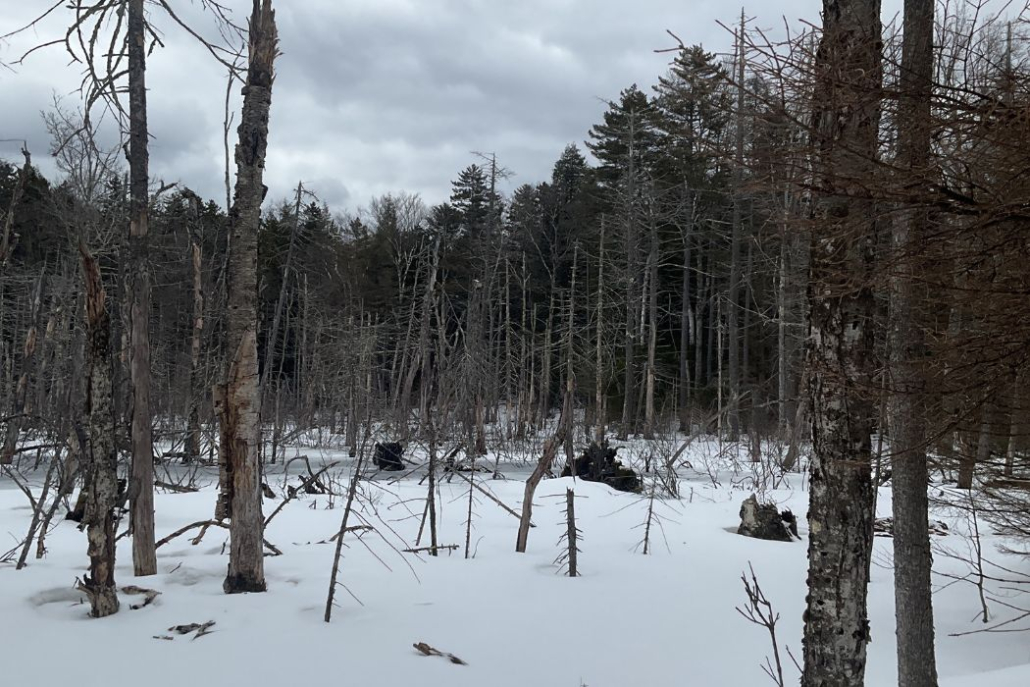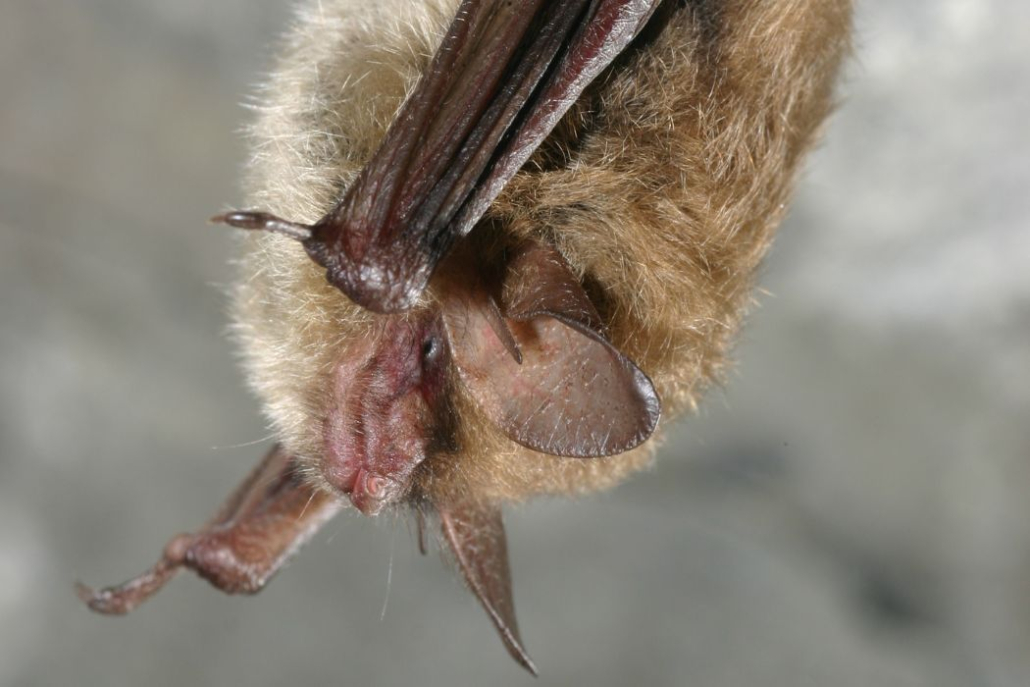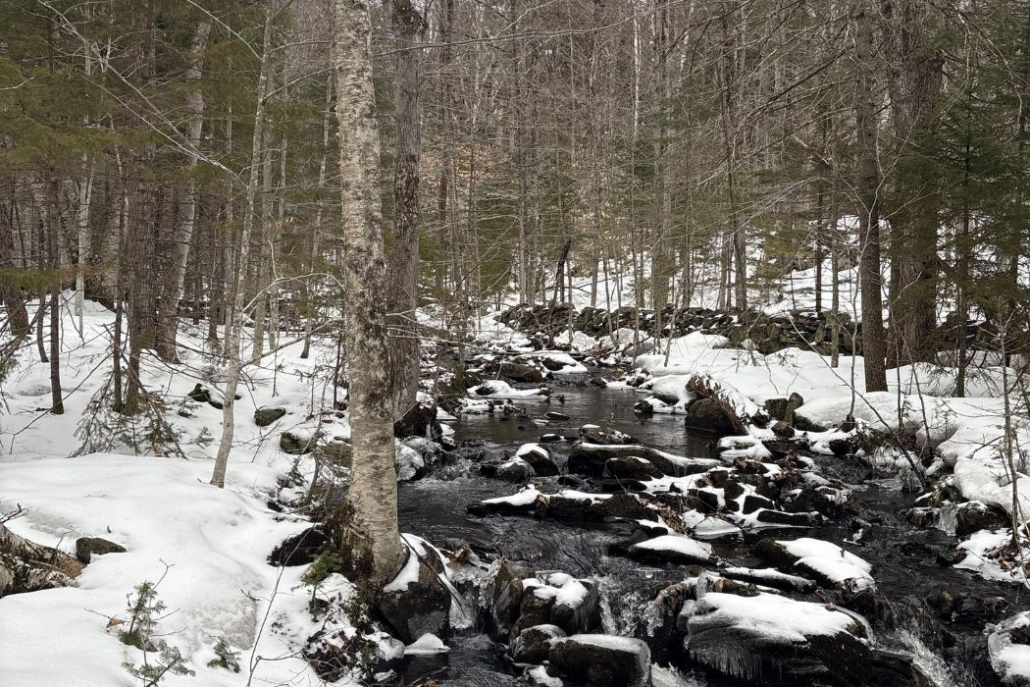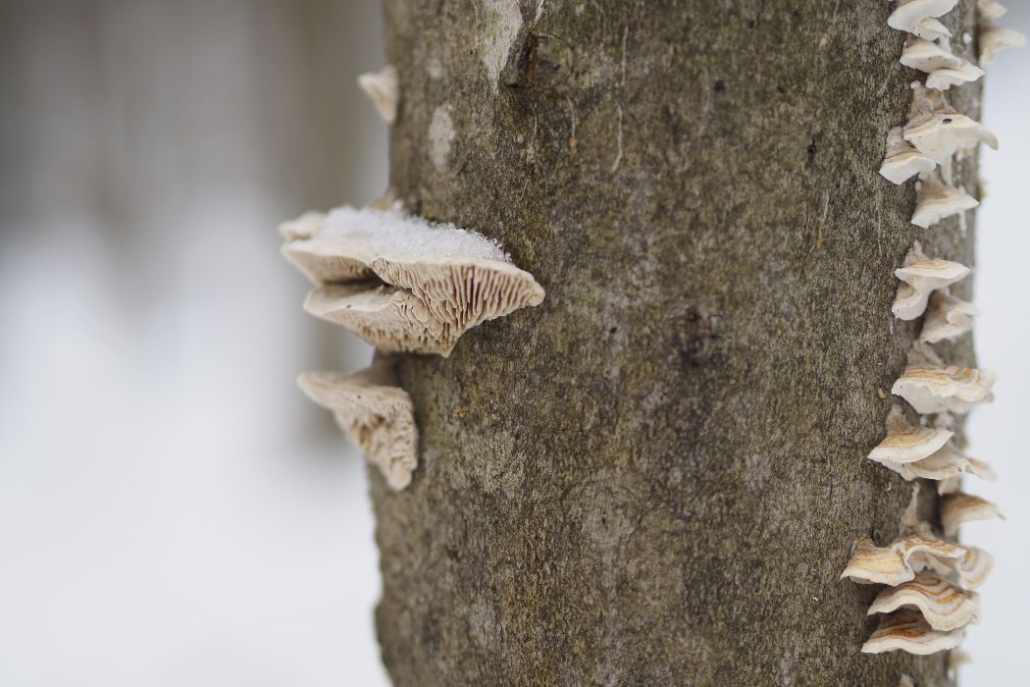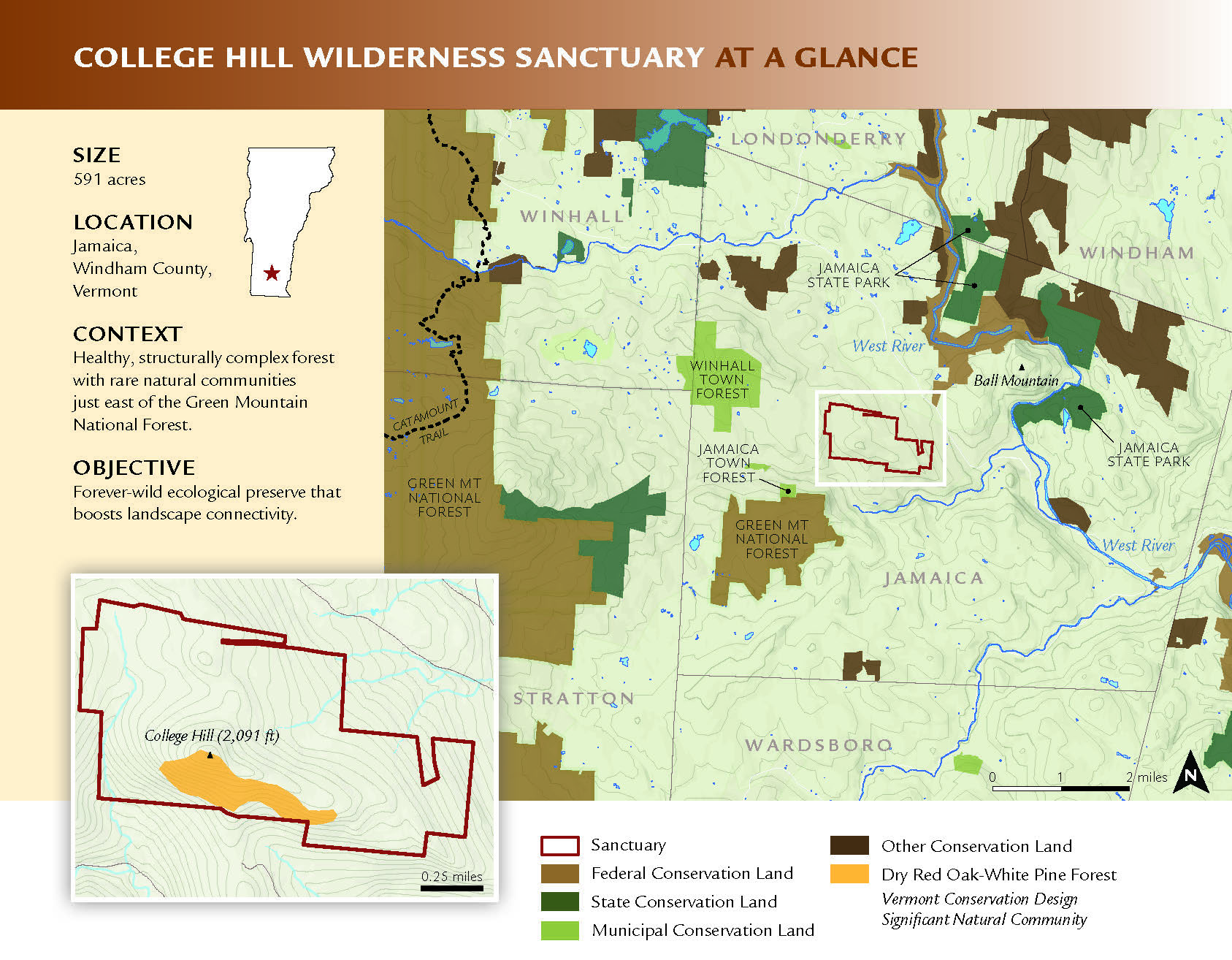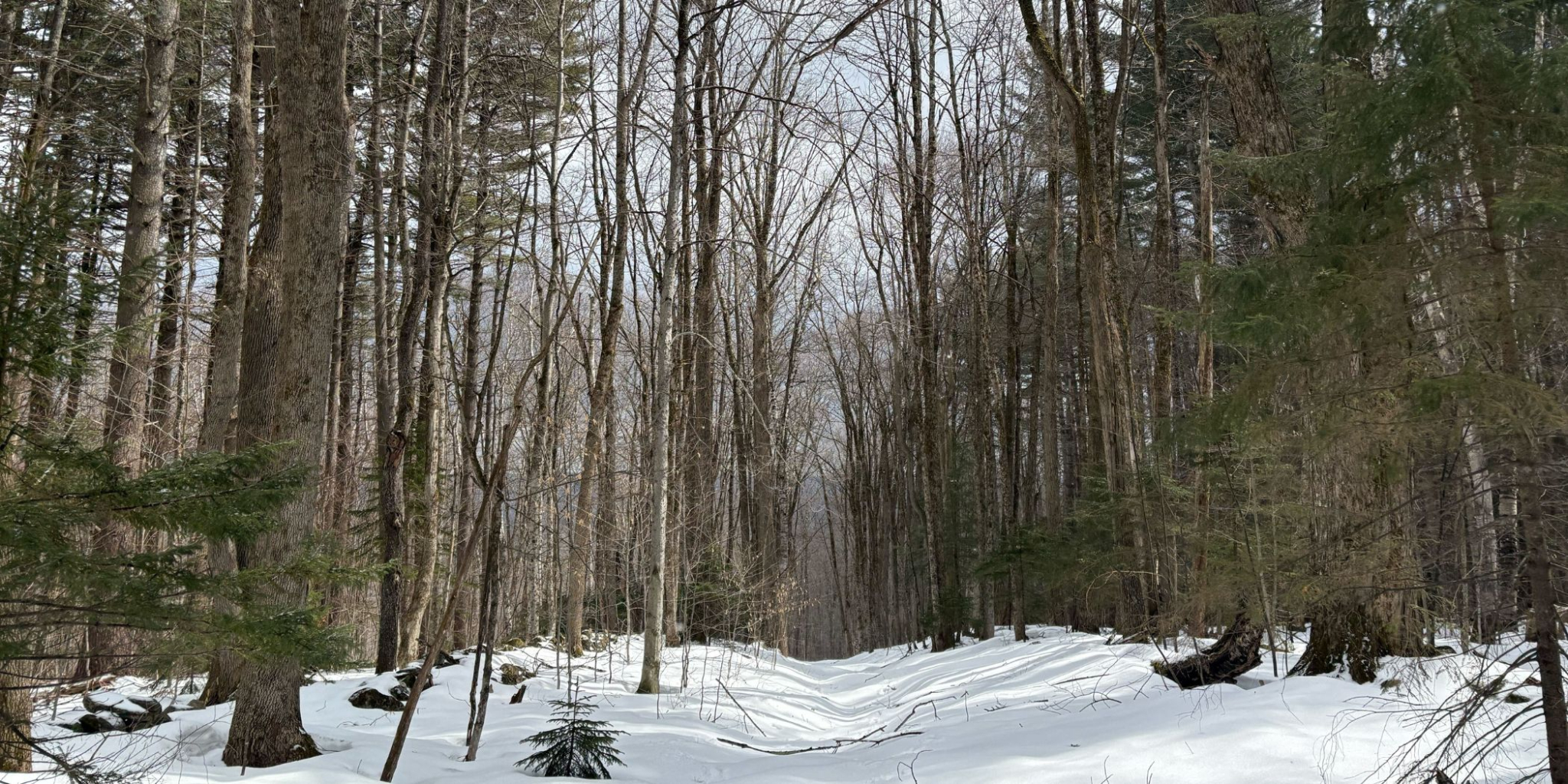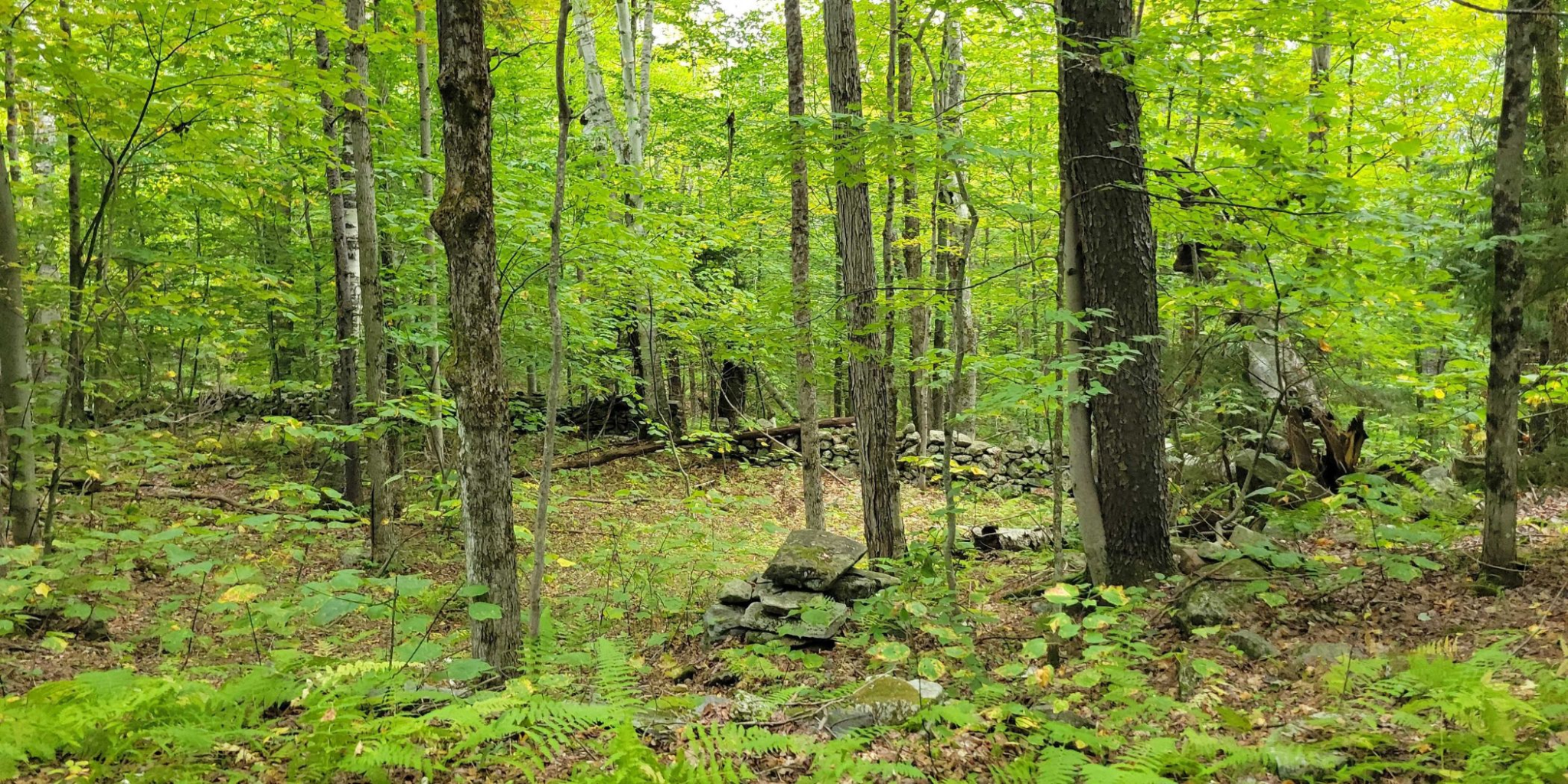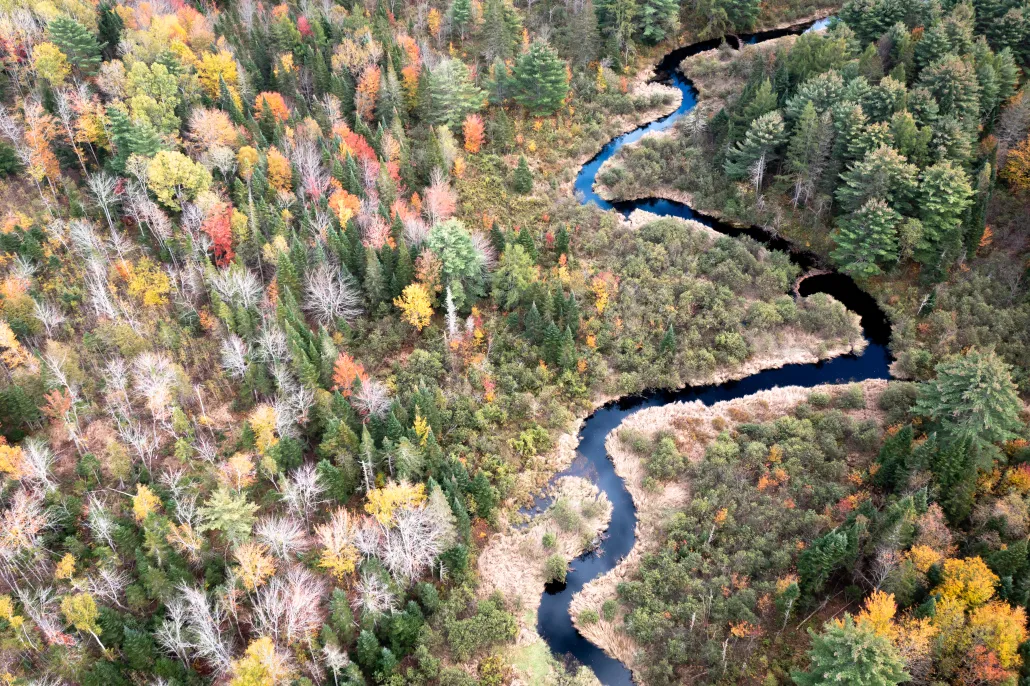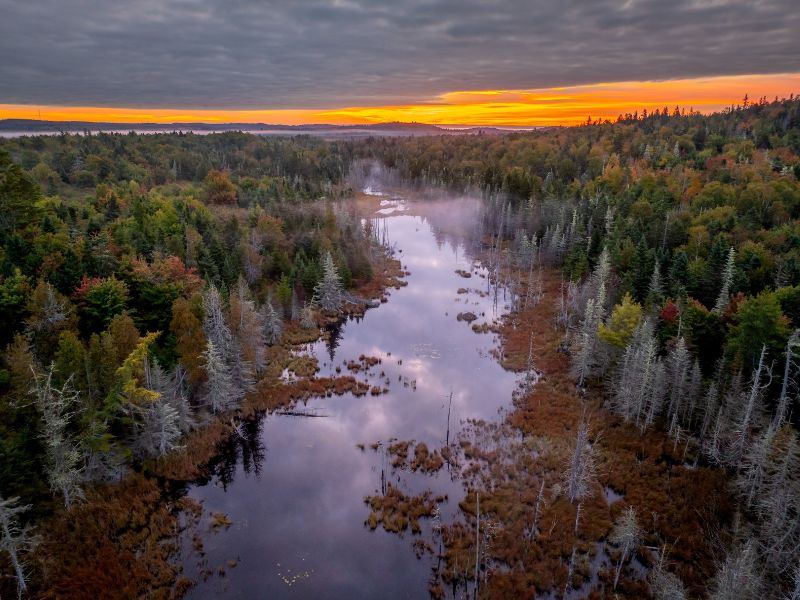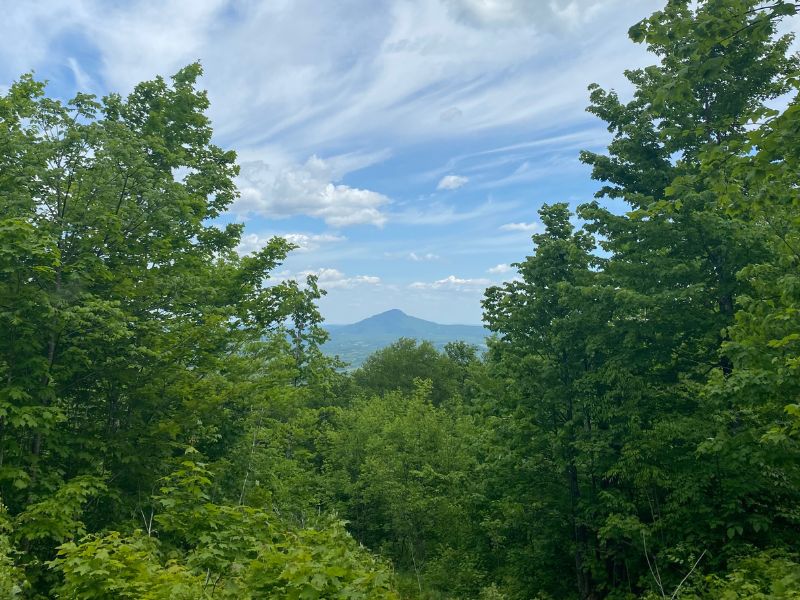Preserving a rare gem in a rapidly developing area.
The College Hill Wilderness Sanctuary’s namesake summit offers more than just a view. On this 2,091-foot peak lives a rare natural community, Dry Red Oak-White Pine Forest, underrepresented in wilderness conservation in the Northeast. Down the slopes and around the Sanctuary’s almost 600 acres are also a rich tapestry of older forest, clear streams, and prime habitat for many wildlife species.
The vast majority of this land has not been logged for more than seven decades—a rarity in an area subject to increasing development pressures. The result is a remarkably intact and structurally complex forest for the region, one well on its way to the ecological and structural complexity characteristic of the old-growth forests that Vermont—and the Northeast—are sorely lacking.
College Hill’s conservation merits are impressive in and of themselves—but the project’s ecological significance flows beyond its borders. The property sits in a region identified by Vermont Conservation Design as the highest priority for conservation due to its potential to boost landscape connectivity and interior-forest habitat.
One look at College Hill’s surroundings makes clear why. To the west of the Sanctuary is the expansive Green Mountain National Forest, which connects the southern portion of the state with other conserved lands in central and northern Vermont. The College Hill Wilderness Sanctuary would extend protections to an underrepresented, vulnerable mid-elevation ecosystem while adding a crucial piece of core protected wilderness at the southern end of this conservation corridor. That connectivity is especially critical in a changing climate. Wide-ranging species that call Vermont and the Northeast home—including wildlife like moose and bobcat—need a robust network of conserved lands to move across the landscape as they adapt to rising temperatures and shifting habitats. College Hill Wilderness Sanctuary, made forever-wild by Northeast Wilderness Trust ownership and a conservation easement held by Vermont River Conservancy, accelerates this momentum at a defining time for Vermont’s—and the Northeast’s—climate and biodiversity.


